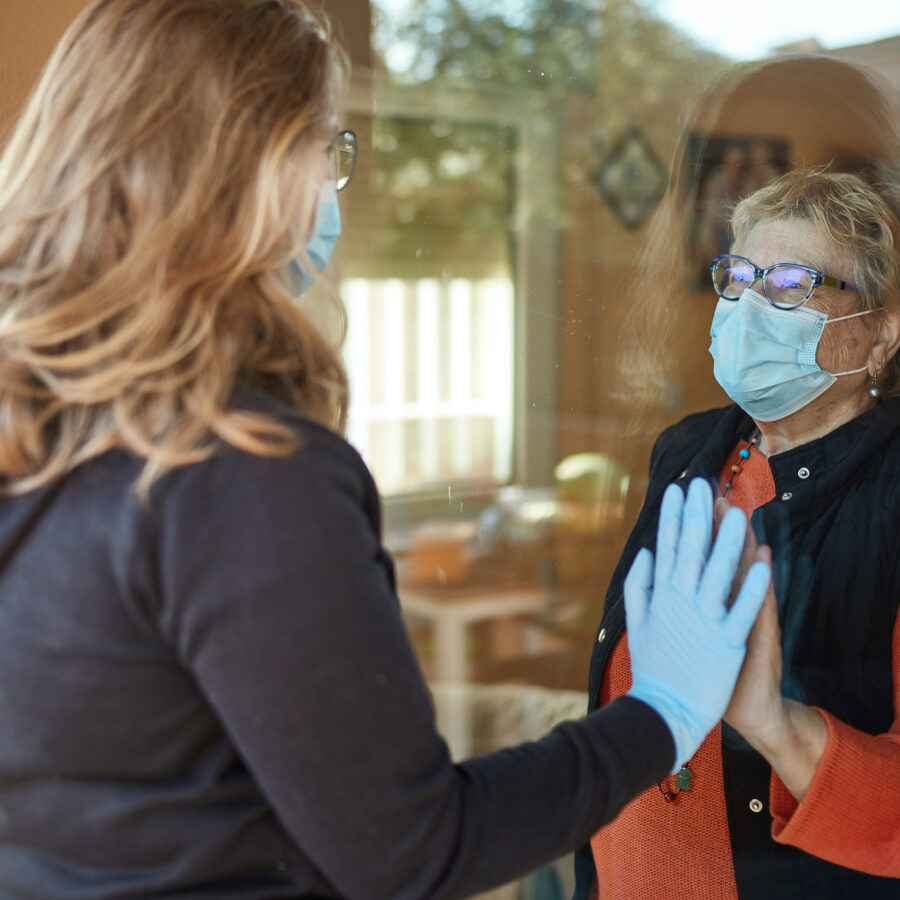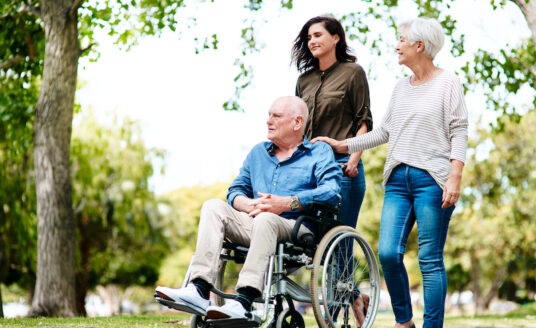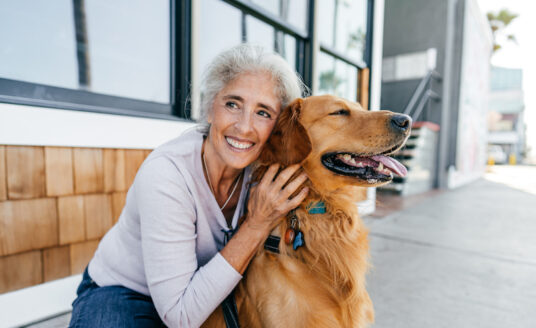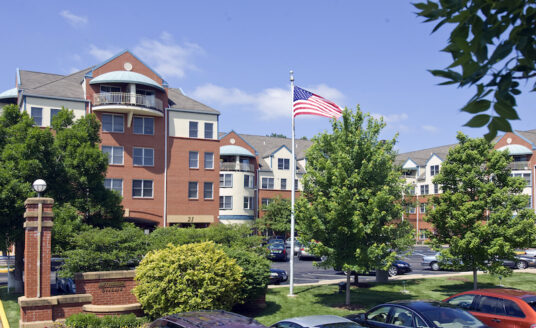The scope and longevity of the COVID-19 pandemic, and the susceptibility of seniors to its more serious consequences, has changed the way family caregivers and senior living communities care for older adults.
What has changed?
Many activities, like seeing a grandchild, grocery shopping or visiting a pharmacy, can put a senior at risk. Managing chronic diseases become more difficult due to concerns about visiting a doctor. The challenges of obtaining medications, procuring appropriate food, and finding the motivation to stay active while isolated exist as well.
Social isolation can create anxiety and depression. Therefore, family caregiving may have to be conducted at a distance, which makes communications between family and senior often more difficult and sporadic.
Caregivers may find that their role has become more difficult as they look for resources to meet the senior’s needs without endangering their health. Yet, there are ways to effectively manage the care of a senior adult during this trying time.
How People are Adapting
Many methods and resources are being used to bring supplies and services safely to the home of seniors, and monitor how well they are doing. For example, the home delivery of groceries, medications and even pet food has reduced the need for contact with others.
Family members are finding alternate ways to connect with their senior loved ones, whether by phone, email, messaging or video chats. Online discussion groups for seniors have formed, and many religious services can now be found online. A “driveway visit” to a loved one’s front door to chat at a distance and leave groceries and other supplies is a good way to safely maintain contact.
In addition, in some instances the role of a family caregiver has evolved to one of offering emotional or spiritual support at a distance. Family members may have to continually remind seniors of the importance to adhere to safety guidelines surrounding COVID-19. Also, family members often must encourage seniors to stay physically and mentally active and take their medications correctly.
A primary concern is what is happening in and around the home of the senior adults. Are they safe? Are they eating well? Taking medications correctly? Have they fallen? Technology is beginning to answer many of these concerns, including the remote monitoring of medication management, fall detection devices, items that assist with mobility for seniors, check a senior’s blood pressure and then pass this information onto a physician and a family caregiver. Video connections using software like Skype and Zoom allows the family and seniors to connect, and also lets the family see if the senior is looking well.
Telemedicine is becoming a major aid to maintaining senior health by enabling health care providers to remotely deliver clinical health services and information to patients via interactive video communications.
Home health agencies, critical to seniors with chronic conditions who are living in their homes, have added additional precautions to keep seniors safe, including wearing full protective gear and adhering to all safety guidelines.
Most long-term care facilities have either banned visitation or put restricted visitation policies in place, and have established safety protocols to protect residents and staff that include restricting some social activities
Summary
Dealing with COVID-19 has be exhausting and frustrating for seniors and caregivers. The temptation may be to make exceptions or become lax in practicing preventive measures. Unfortunately, the invisible nature of the pandemic may lead to a false sense of security or loss of patience that can turn tragic for a senior.
There are alternatives to create a safe and fulfilling environment for seniors. Consistency in following established and credible guidelines should always be the rule.
If you are looking for more information, agencies like Aging Ahead and the St. Louis Area on Aging are good resources.
Contact a care manager today to see how we’re keeping on top of best care practices.
Want to find out more?
If you’d like to stay up to date with Bethesda Health Group, sign up here to receive our blog and newsletters!
"*" indicates required fields
Related Articles
Want to find out more?
If you’d like to stay up to date with Bethesda Health Group, sign up here to receive our blog and newsletters!
"*" indicates required fields



